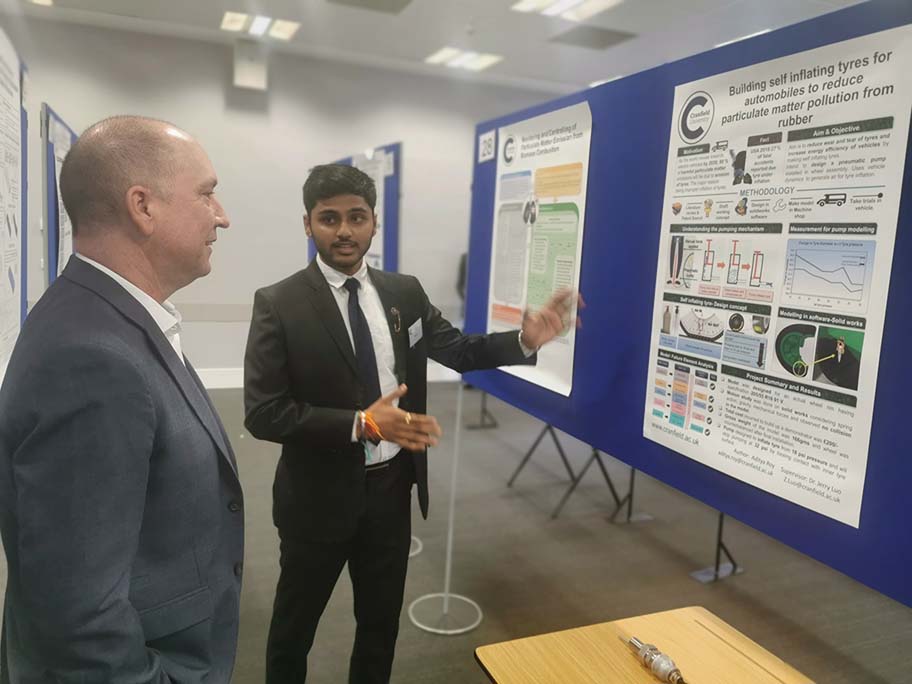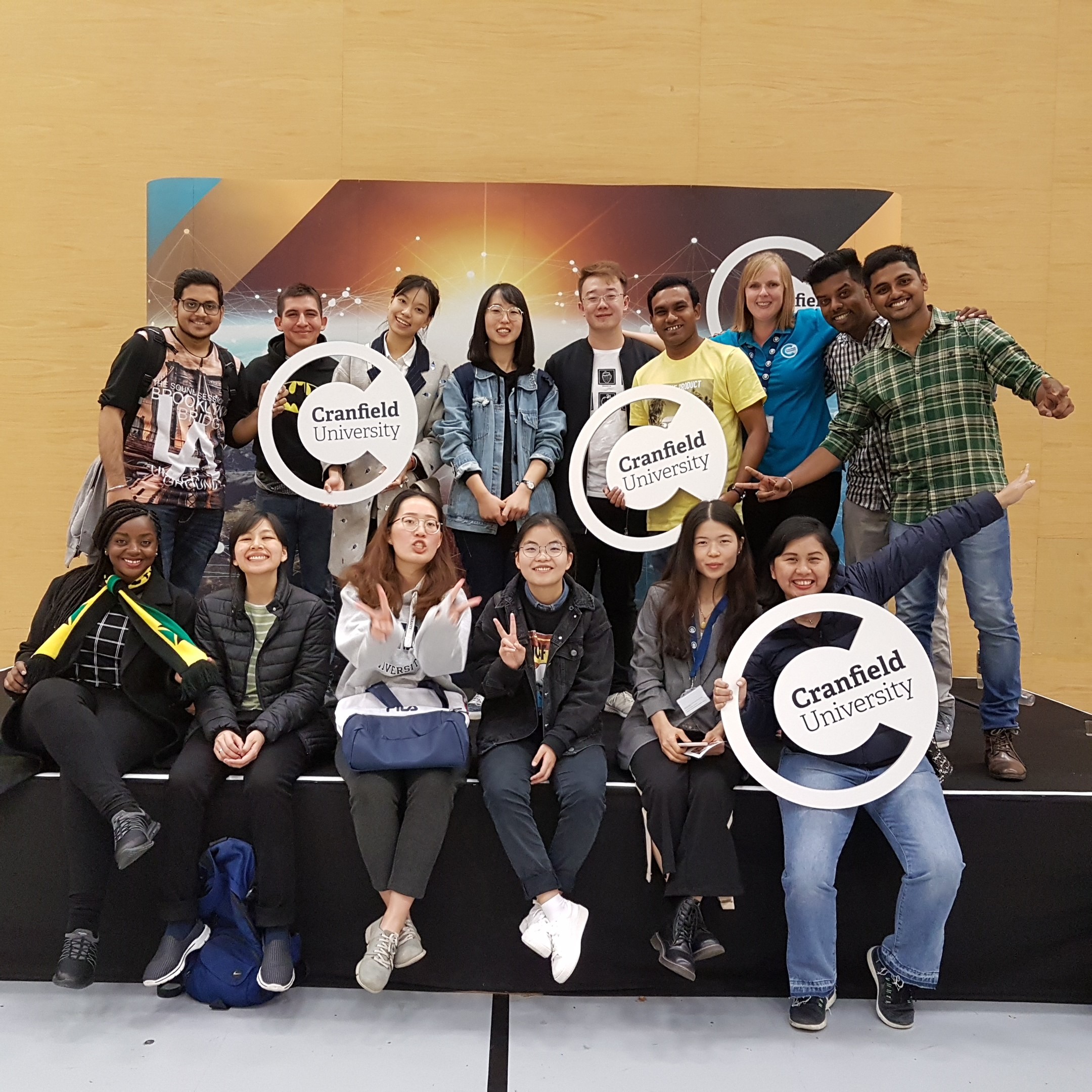Developing Self-Inflating tyres
26/09/2019

As the automotive industry continues to grow, so has the increase in environmental pollution due to exhaust emissions and tyre wear. Globally there is much interest around things like electric, and hydrogen powered vehicles, however the problem of pollution from tyres goes largely unmentioned, yet still exists.
As the world moves towards electric vehicles by 2030, up to 90% of harmful emissions will be generated by particulate matter from tyres.
Generally there is little awareness about the particulate matter generated from tyre abrasion. These particulates are so small (2.5 micrometres), which not only toxifies the urban air but is also inhaled (nasal hair is incapable of capturing such small particulate matter) creating a serious health concern (autoexpress.co.uk, 2018).
Tyre wear is a dynamic phenomenon which occurs due to various factors such as excessive braking and overloading, but the most significant factor being under inflation – less air inside the tyre than the manufacturer’s recommendation.
As part of my MSc in Advanced Mechanical Engineering, Cranfield provided me the opportunity to choose my own research topic for my individual thesis. I decided to make a self-inflating tyre in an attempt to help save Mother Nature.
If successful this idea will not only reduce environmental pollution but will also increase tyre life, smooth steering and increased fuel efficiency.
For project support I was fortunate to be assigned Dr. Jerry Luo, a highly skilled supervisor with a strong background in energy harvesting, and he was the best guide I could hope for during this project.
Phenomenal resources and facilities at Cranfield, access to unlimited research journals, study material and the guidance of highly skilled and knowledgeable faculty were enough to give wings (or just better inflated tyres) to my idea.
Considering the model of self-inflating tyre to be economical and with a strong determination, my journey started with the engineering design, durability testing, environmental impact and cost per component if mass produced was analysed using the University’s well-resourced IT laboratory.
After the technological review of the design it was decided to make a fully funded, functional prototype.
Manufactured on site using Cranfield’s extensive facilities, a working inflating system was made which could be installed in any wheel assembly to make it self-inflating. Design was purely mechanical with no external energy used.
Cranfield University truly is an ocean of opportunities, and gave me a platform to showcase my thesis work at the exhibition day in front of invited guests including and not limited to researchers and representatives from industry, and helped me to make strong industrial connections to help launch my career.
With the exhibition day done, and the celebratory barbeque party thereafter, my time as an MSc student at Cranfield University ended on a positive note. However my journey with Cranfield University is not yet over – we are currently looking for ways to take the Self project a step closer towards commercialization, and registering it as an intellectual property. With a successful commencement of my MSc course funded by Cranfield Energy and Power Bursary and a Tier 2 visa Sponsored Job, joining Cranfield University is so far the best decision of my life.
Categories & Tags:
Leave a comment on this post:
You might also like…
Keren Tuv: My Cranfield experience studying Renewable Energy
Hello, my name is Keren, I am from London, UK, and I am studying Renewable Energy MSc. My journey to discovering Cranfield University began when I first decided to return to academia to pursue ...
3D Metal Manufacturing in space: A look into the future
David Rico Sierra, Research Fellow in Additive Manufacturing, was recently involved in an exciting project to manufacture parts using 3D printers in space. Here he reflects on his time working with Airbus in Toulouse… ...
A Legacy of Courage: From India to Britain, Three Generations Find Their Home
My story begins with my grandfather, who plucked up the courage to travel aboard at the age of 22 and start a new life in the UK. I don’t think he would have thought that ...
Cranfield to JLR: mastering mechatronics for a dream career
My name is Jerin Tom, and in 2023 I graduated from Cranfield with an MSc in Automotive Mechatronics. Originally from India, I've always been fascinated by the world of automobiles. Why Cranfield and the ...
Bringing the vision of advanced air mobility closer to reality
Experts at Cranfield University led by Professor Antonios Tsourdos, Head of the Autonomous and Cyber-Physical Systems Centre, are part of the Air Mobility Ecosystem Consortium (AMEC), which aims to demonstrate the commercial and operational ...
Using grey literature in your research: A short guide
As you research and write your thesis, you might come across, or be looking for, ‘grey literature’. This is quite simply material that is either unpublished, or published but not in a commercial form. Types ...








Congratulations brother!
Excellent project aditya. These kind of projects will really help in reducing emissions & make environment greener.
Congrats Aditya bro
Well done bro…
Good job Adi!
Congratulations🎉🎉🎉